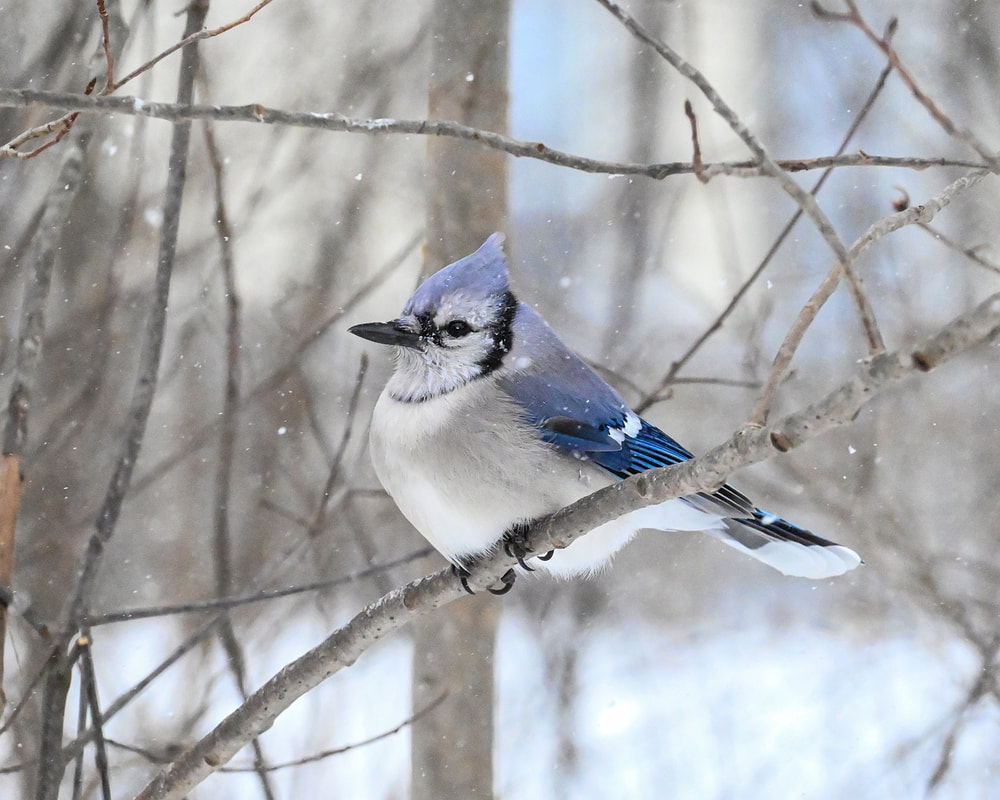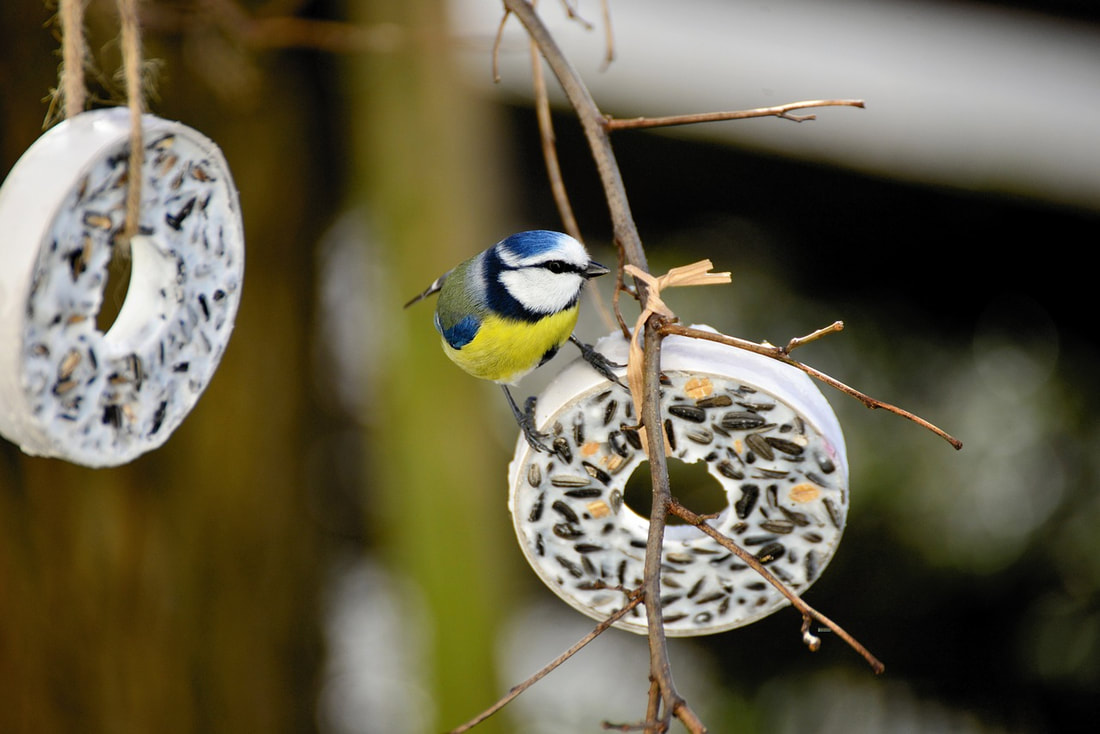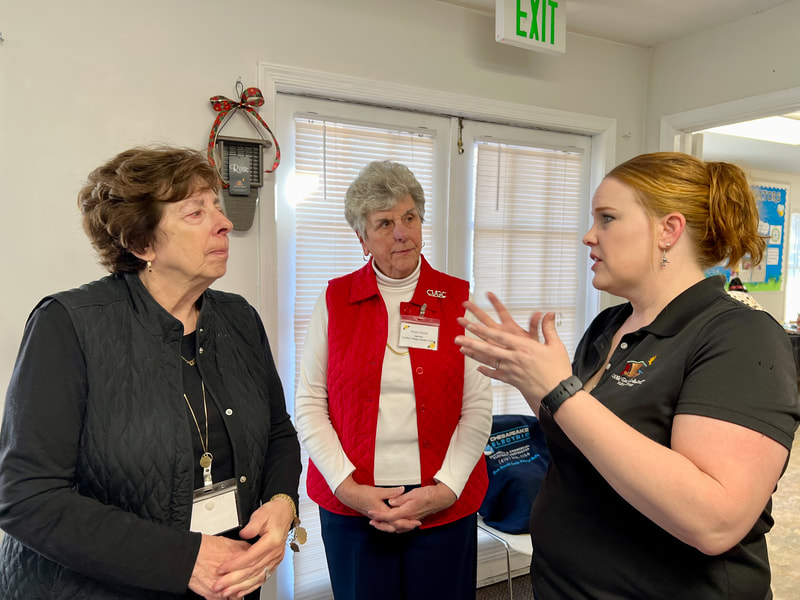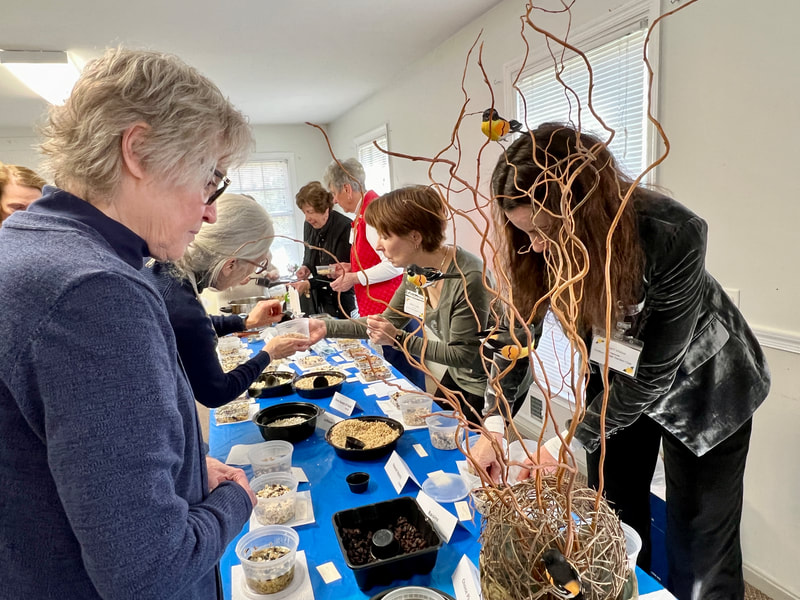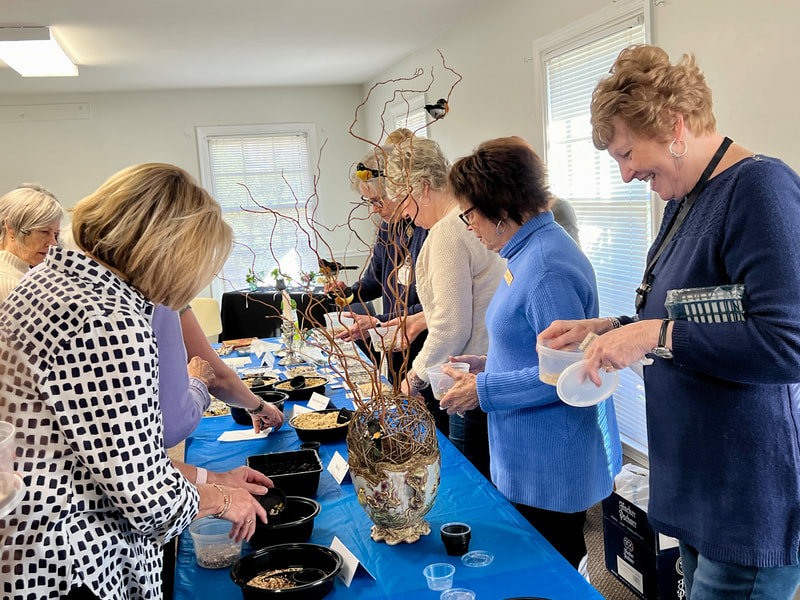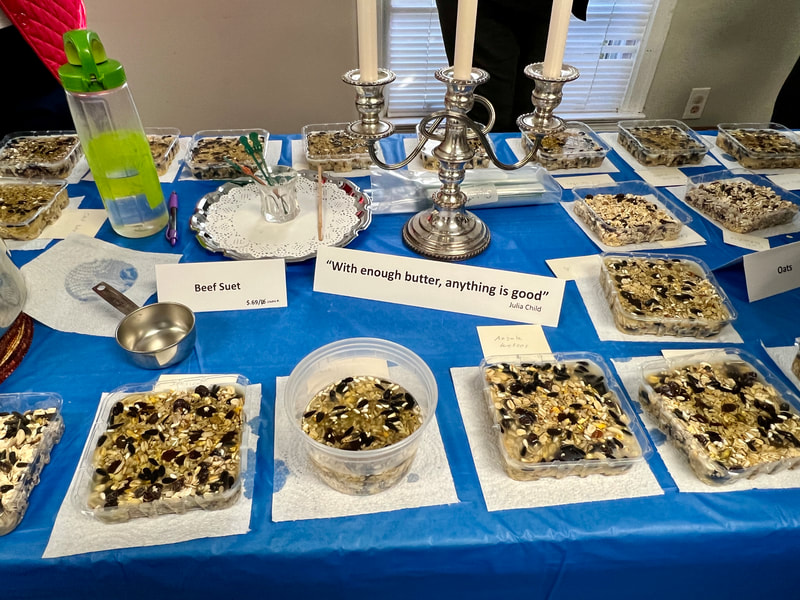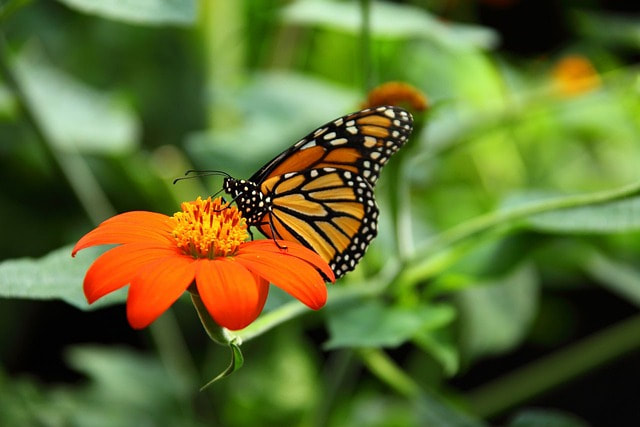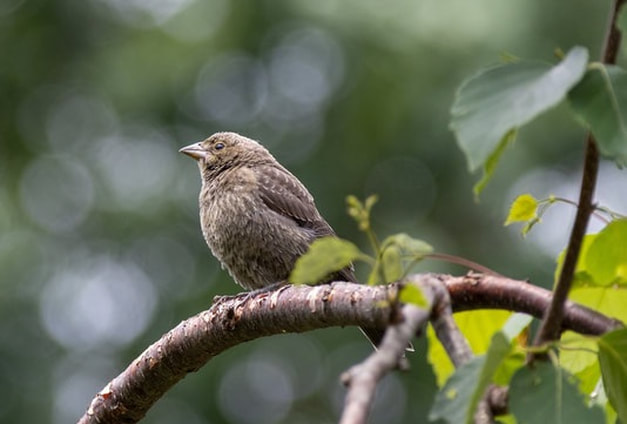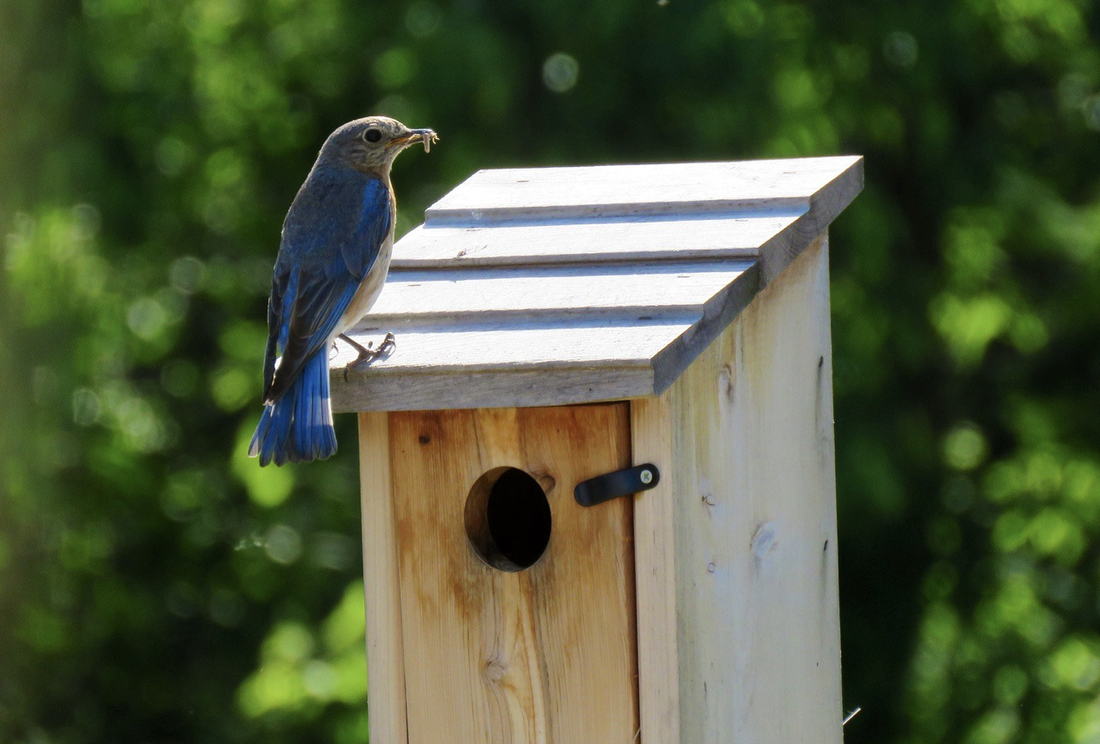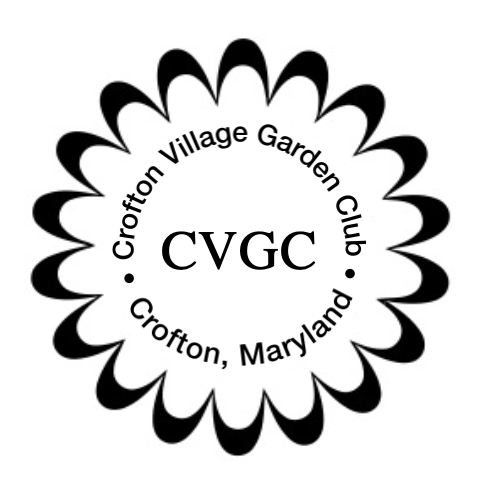|
In 1998, the Cornell Lab of Ornithology and the National Audubon Society launched the Great Backyard Bird Count, the first online citizen project to collect data on wild birds and to display results in near real time. Canada joined the project in 2009, and in 2013 it became a global project — the world's largest biodiversity-related citizen science project.
Each February, for four days, the world comes together to spend time in their favorite places watching and counting as many birds as they can find and reporting their observations to help scientists better understand global bird populations before one of their annual migrations. This year the Great Backyard Bird Count takes place February 16 to 19. If you would like to participate, click the button below for more information. Kate Neall, owner of Wild Birds Unlimited located in Gambrills, presented our For the Love of Birds program. Kate identified common species of birds in our local backyards, and gave 'a bird's eye view' of what attracts different species of birds to particular feeding sites. She explained different types of suet and why suet is a must when the chill of the season is upon the land. Members participated in a fun Julia Child's inspired workshop and prepared a homemade treat for their own feathered guests.
The International Monarch Monitoring Blitz invites people across North America to look for monarchs and milkweed plants and examine them for monarch eggs, caterpillars, and chrysalises during the period July 28 to August 6. Data collected by volunteers each year supports efforts to better understand the monarch butterfly's breeding productivity, range, and timing in North America.
For information on how to participate in the Blitz, click the button below. At our May meeting, member Paulette Heward shared a story about a cowbird who laid an egg in her bluebird house.
Cowbirds earned their common name from the habit of following herds of buffalo and cattle in search of the insects stirred up by the grazing mammals. Since their food source is always roaming, cowbirds have no time to build a nest so they lay their eggs in the nests of other songbirds. In the spring, the female cowbird will spend her day sitting in a tree watching for other birds to pass by with nesting material. When the cowbird spots a nest-builder, she will secretly move in. Although the cowbird is considered a parasite, she won't lay her first egg until the host bird has laid its egg first. Once the cowbird has laid a single egg in the nest, her job is done. She will then move on in search of a new nest to lay another egg. A cowbird can lay up to forty eggs in many different nests in one season. For more information on cowbirds, click the link below. The eastern bluebird is the most widespread of the three bluebirds. Although it is mostly "eastern" in our area, its total range extends south to Nicaragua. A high percentage of eastern bluebirds in North America today nest in birdhouses put up for them along bluebird trails. When they are not nesting, these birds roam the countryside in small flocks. Nancy Percivall, Committee Chair for Horticulture, talked about the Environmental Trail Project at Generals Highway Park – a 2015 youth project led by Girl Scout Gold Award candidate, Alex Hunt. Members met at Generals Highway Corridor Park located at 1758 Crownsville Road, Crownsville. Pat and Juanita Tate, members of the Anne Arundel Bird Club, led us on a walking tour of the bluebird trail and let us take a glimpse into their nesting habits. Scroll over the image above and use the play button or arrow buttons located at the top of the photo to view images.
For more information on the eastern bluebird, click the button below. |
CATEGORIES
All
|
Photos from Landscape Design Advisor, Sharon Mollerus, Puddin Tain, Donnaphoto
